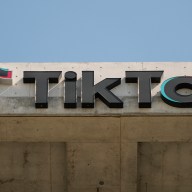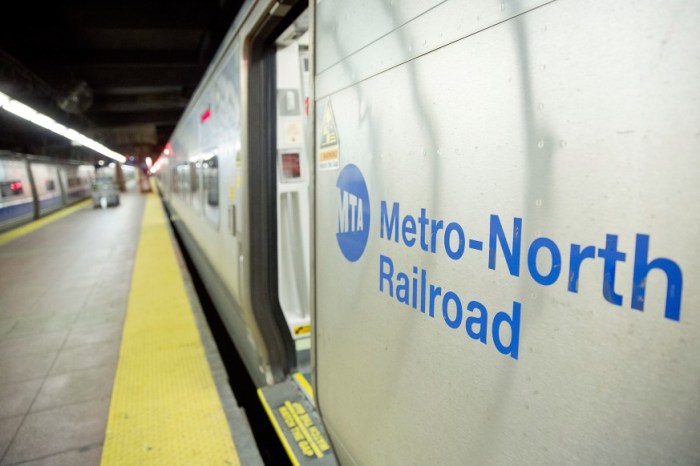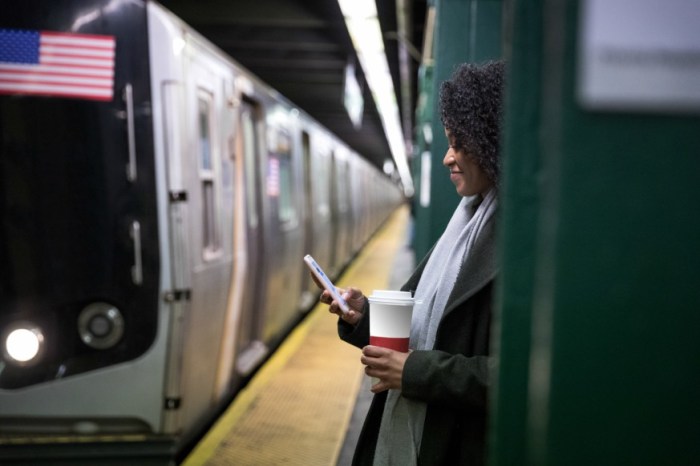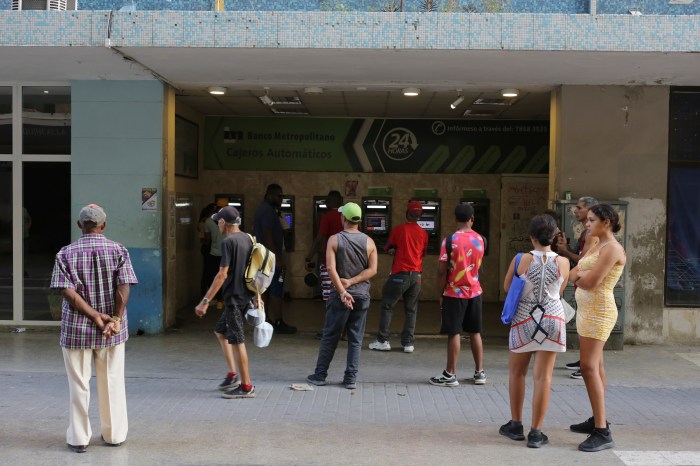Car-less 14th Street. HOV-only Williamsburg Bridge. Expanded subway service. These are just a few ways the city will get New Yorkers around during the L train shutdown in 2019.
The MTA and Department of Transportation on Wednesday released the first detailed plan of attack for the 15-month closure that will affect more than 400,000 L train riders.
Nearly half of those straphangers take the train from Brooklyn into Manhattan via the century-old Canarsie Tunnel, which will undergo a complete reconstruction due to damage from Superstorm Sandy in 2012. The L train will only run in Brooklyn between Bedford Avenue and Canarsie-Rockaway Parkway.
Since the impending L train shutdown was announced, New Yorkers have wondered how the city will tackle the influx of its riders looking for other options to and from Manhattan.
The DOT and MTA anticipates between 70 and 80 percent of L train riders will switch to other subway lines, many of which are already overcrowded.
The plans include L-alternative bus routes, which they expect to transport 15 percent of passengers, while another 5 percent is expected to use ferry service and between 1 and 2 percent will use bicycles.
Subway changes
• Service on the G, J, M and Z lines will increase, and several stations on those lines will see added turnstiles, stairs and control area capacity
• G and C trains will have additional cars to carry extra passengers
• The M train will run to 96th Street/2nd Avenue on weekends and overnights
• There will be free MetroCard transfers between the Broadway G stop and the Lorimer-Hewes J, M, Z stop and between the 3 train at Junius Street and the L train at Livonia Avenue.
Williamsburg Bridge
• The Williamsburg Bridge will be a major thoroughfare for L-alternative buses. Bus lanes will run from Bushwick’s Grand Street station, along the shuttle bus routes, over the bridge and to and from Delancey Street and other points in Manhattan.
• The Bridge will also be open only to high-occupancy vehicles (HOV3) transporting three or more people, as wells as trucks and emergency vehicles.
14th Street
This busy street, which the L train runs underneath, will expand its pedestrian, bus and cyclist access.
• 3rd to 9th Avenues eastbound and 3rd to 8th Avenues westbound will be an exclusive busway with rush-hour restrictions. Bus lanes and SBS buses will be added within the next year, officials said.
• As cycling is expect to grow during the L train shutdown, the DOT will create Manhattan’s first two-way protected crosstown bike lane on 13th Street as well as new pedestrian space on Union Square West from 14th to 15th Streets and 16th to 17th Streets.
Also on the horizon
A new ferry route will connect North Williamsburg to Stuyvesant Cove, which will be the terminus of the M14 SBS. The ferry landing will also see improved connections for cyclists to the East River Greenway, and a protected bike link on Delancey Street between Allen Street and the Williamsburg Bridge, slated to arrive in the spring.
Citi Bike operator Motivate will also work with the DOT to add inventory and valet services.
Grand Street in Brooklyn is expected to see “major changes,” the DOT said, to serve as a corridor for bikes and buses to the Williamsburg Bridge.
New crosswalks, bike parking and pedestrian space will be added to the Myrtle and Broadway corridors near the J, M and Z trains, and crossings near the Nassau Avenue G stop, which is expected to see dramatic increases in ridership during the L train shutdown, is also on deck.


















